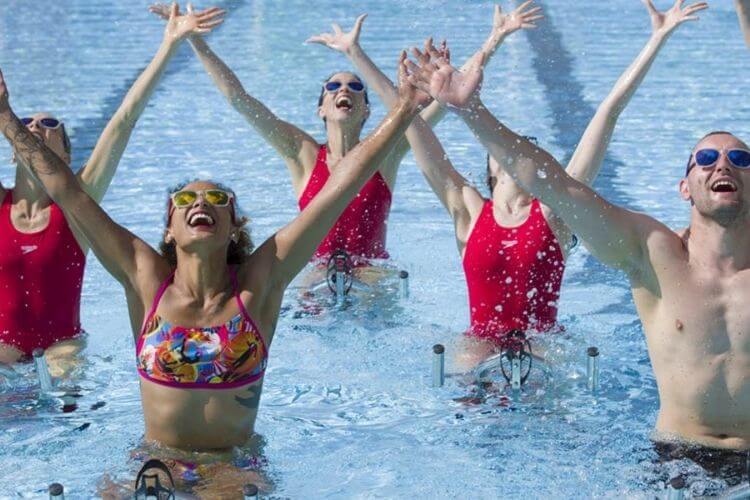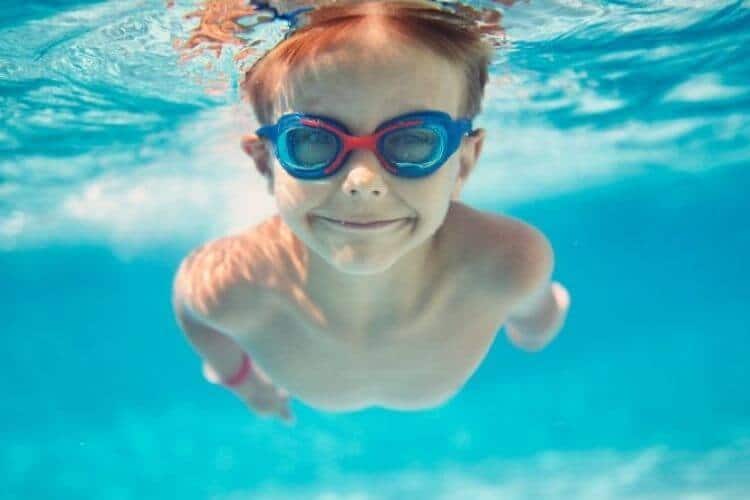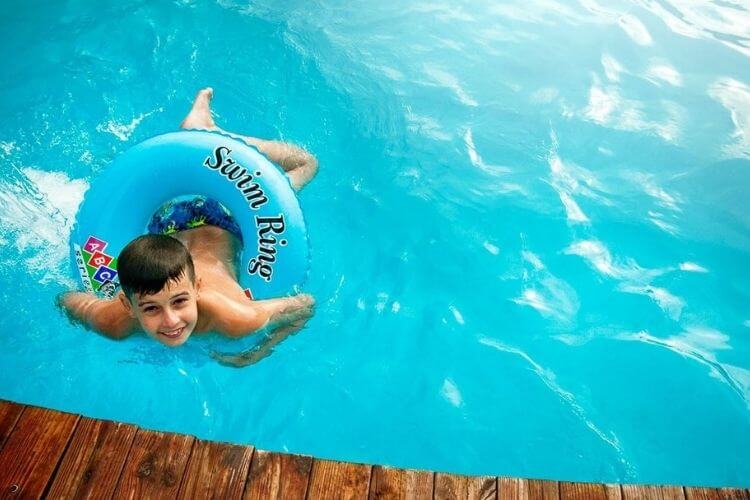Swimming: 4 techniques for a good swim
By Larue Deckow
September 06, 2021
Did you think that swimming is a sport exclusively reserved for professionals? Well, we can assure you it’s not! In fact, learning how to swim is not as complicated as you might think. You just need to learn the best techniques.
And that’s exactly what we offer you in this article. Feel free to read it carefully to avoid missing any important step. This is especially so because we have some surprises in store for you at the end.
The benefits of swimming
Many people tend to think that swimming is unnecessary or a waste of time. Do you agree? Of course not. Here are some of the advantages of swimming.
Swimming has been an Olympic sport since 1896 for men and 1912 for women. This includes all the sporting activities practiced in the water. It is a regular practice that helps tone the muscles of the arms, legs and trunk.
There are different forms of swimming and each one allows you to work different muscles. One of the main advantages of swimming is the lack of impact on the joints and back. This makes the sport suitable for all ages.
Further, studies have shown that aquatic activity soothes the pain associated with arthritis and osteoarthritis while strengthening the joints. It also helps maintain and even improve bone health in premenopausal and postmenopausal women. Practicing this sport will prevent possible joint pain, even in physically fit people.
Learn to swim well: [4 techniques]
Finally, we have come to the heart of our subject. As you have read above, we provide you with a series of proven swimming techniques.
Mastering these swimming techniques will make it easier for you to choose the right swimming technique when a situation arises.
The first technique you should try is:
-
The breaststroke
It mainly works on the biceps, pectorals, abdominals and calves. The hands are joined at the chest-level and pushed forward until the arms are fully extended. The hands are then spread in a circular motion on each side of the body and later meet in the initial position.
At the same time, the legs perform a breaststroke scissor which consists of bringing the heels closer to the buttocks and then performing a propulsion similar to a frog jump. The faster this combination of movements, the more powerful the momentum will be.
The second best techniques is:
-
The crawl
It is easy to perform and allows you to swim quickly. You make alternating kicks as the arms move in and out of the water.
The palm of the hand should face the water when diving in to promote propulsion. This type of swimming helps to tone all the muscles: arms, shoulders, legs, chest and abs.
The third best techniques is:
-
Backstroke
This practice allows you to effectively work the back muscles. The movements are the same as for the front crawl except that the back faces the water instead of the chest. The main difficulty when it comes to the backstroke is the ability to stay in the initial trajectory.
And finally, here is the fourth best technique:
-
The butterfly
The ripple movements of butterfly-type swimming allow you to build your abdominals muscles.
However, it is the most difficult technique to master because it requires perfect coordination. The legs should wave in order to propel the trunk out of the water.
When coming out of the water, the arms are open in a U-shape and the palms should go back first. Once the arms have entered the water, they should be pushed back towards the waist. This sequence must be repeated continuously.
The benefits of swimming for the body
Swimming does your body a lot of good; it improves your cardiovascular and respiratory capacities.
In addition to using all the muscles of the body (biceps, triceps, abdominals, quads, etc.), swimming calls on the respiratory system and cardiovascular capacities. It is one of the most effective physical activities for improving venous return.
Due to the contraction and relaxation of the muscles, the different movements performed promote blood circulation while limiting water retention.
This is particularly beneficial for the legs which are frequently affected. By swimming regularly, the heart will provide increased power and resistance.
Swimming thus makes it possible to limit the risk of cardiovascular disease since, both at rest and during exercise, the work of the heart is made easier.
In summary, it should be remembered that if you apply the different techniques mentioned above, you will be able to swim as well as a professional swimmer. Yes, you read that right. The secret lies in the practice. So what are you waiting for?
You can also consult our article on slimming treatments to refine your figure.
Like what you’re reading?
Subscribe to our top stories
By entering your email and clicking Sign Up, you're agreeing to let us send you customised marketing messages about us and our advertising partners. You are also agreeing to our Privacy Policy .


